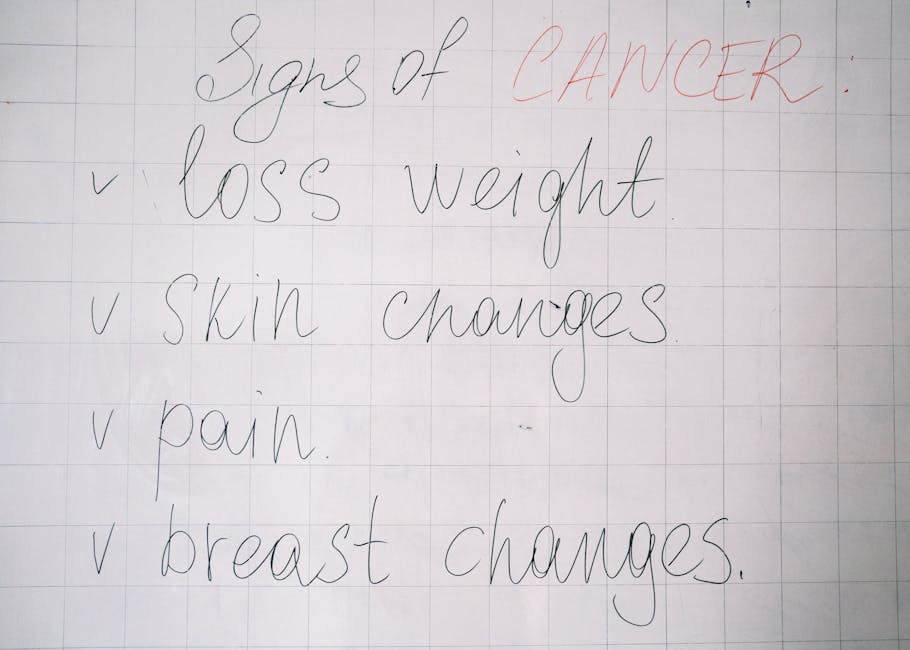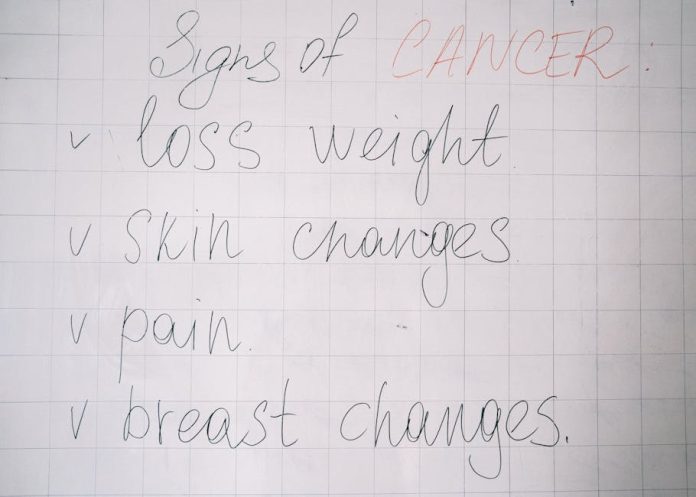
Cancer diagnosis is often a harrowing journey, punctuated by the invasive nature of biopsies. But what if a tiny patch could change everything? Scientists are developing groundbreaking technology that could potentially revolutionize cancer detection, offering a less painful, more accessible alternative to traditional biopsies.
The Problem with Biopsies
Biopsies, the current gold standard for confirming cancer, involve removing tissue samples for analysis. While crucial for diagnosis, they can be painful, risky (carrying the potential for infection and bleeding), and time-consuming. Moreover, they are not always easily accessible, particularly in remote areas, creating significant barriers to timely detection and treatment.
Enter the Game-Changing Patch
This new technology utilizes a patch, often described as being the size of a postage stamp, that’s applied to the skin. This patch is designed to detect cancer biomarkers (specific molecules released by cancer cells) circulating in the body, effectively acting as a miniature, highly sophisticated laboratory. Here’s how it works:
- Non-Invasive Detection: The patch analyzes biomarkers in the interstitial fluid just beneath the skin’s surface.
- Early Detection: Potentially capable of detecting cancer at its earliest stages, when treatment is most effective.
- Real-Time Monitoring: Could be used for continuous monitoring of cancer progression or response to treatment.
Benefits Beyond the Biopsy
The potential benefits of this tiny patch are enormous:
- Improved Patient Experience: Significantly less invasive and painful than traditional biopsies.
- Accessibility: Easier to implement in various settings, including areas with limited medical resources.
- Personalized Medicine: Provides personalized information about a patient’s specific cancer type and its response to treatment.
- Cost-Effectiveness: May reduce healthcare costs associated with complex biopsy procedures.
The Future of Cancer Detection
While still in development and undergoing clinical trials, this innovative technology holds immense promise. The ability to detect cancer early and accurately, without the need for invasive procedures, represents a significant leap forward. This tiny patch could be the key to unlocking a future where cancer diagnosis is more accessible, less traumatic, and more effective, transforming the lives of millions worldwide.
Next Steps
Researchers are continuing to refine the technology, with a focus on improving accuracy, sensitivity, and ease of use. Clinical trials are underway to validate the effectiveness of the patch in detecting various types of cancer. As the technology matures, we can expect to see wider applications and potentially game-changing shifts in how we approach cancer diagnosis and treatment.

